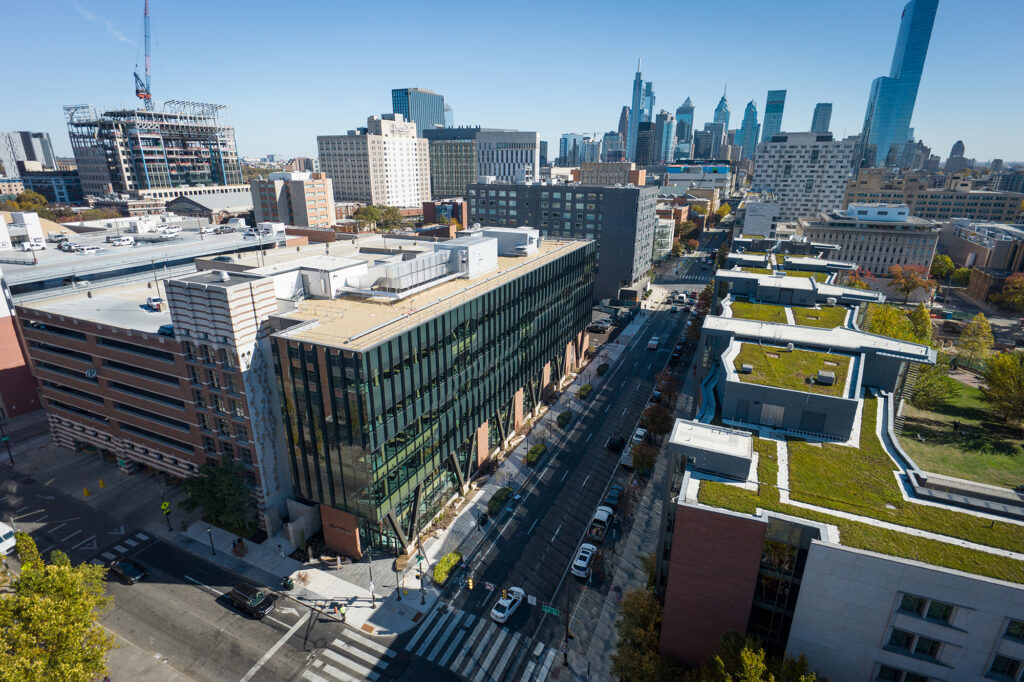 The Penn Advanced Research Computing Center (PARCC), in collaboration with Penn Information Systems & Computing, is soft launching in May with a group of 30 faculty members. The platform will double the University’s compute capacity and be available to faculty across campus. The launch marks a major milestone in the advancement of In Principle and Practice, Penn’s strategic framework, and its principles of interdisciplinary scholarship.
The Penn Advanced Research Computing Center (PARCC), in collaboration with Penn Information Systems & Computing, is soft launching in May with a group of 30 faculty members. The platform will double the University’s compute capacity and be available to faculty across campus. The launch marks a major milestone in the advancement of In Principle and Practice, Penn’s strategic framework, and its principles of interdisciplinary scholarship.
“PARCC will enable our scholars to make transformative advances that will define the future of their disciplines—from health care to climate change, business to social media, and most importantly, to contribute to the advancement of interdisciplinary knowledge and education of our students,” says Senior Vice Provost for Research Dawn Bonnell.
The project first gained traction about a year ago, says Kenneth Chaney, PARCC associate director of AI and technology, after faculty began talking with administrators about how to reduce barriers of access for high-performance computing (HPC) and AI needs. The result, less than a year after those conversations, is a brand-new offsite data center with clusters that support general research computing and can scale the number of experiments at Penn.
“The most exciting thing about PARCC is that every school is going to have access to this—it doesn’t matter if you’re from a large school or a small one, you’re going to have access to a tool that enables low- or no-code solutions, so you don’t have to spend all your time training a model,” says Chaney, who is also an adjunct professor in the School of Engineering and Applied Science. “We’ll be able to host something [so that] we aren’t worried about these resources or data leaving Penn’s [equipment].”
Chaney is optimistic that the seamlessness of PARCC will encourage new disciplines to experiment with AI. For example, he says, a history researcher might be able to scan a French textbook from more than a century ago and receive a PDF scan, translation, and summary— all within minutes and without ever having to leave Penn. Faculty already working with large data sets, meanwhile, will have new possibilities for what they can do and experience a seamless transition from what they currently use.
